The Taconic Transit Cage™ (TTC™) provides the optimal shipping environment for today's sophisticated rats and mice. Taconic uses the TTC™ cage for its own commercial animal shipments and makes it available to you for your own shipment needs. The TTC™ is washable and autoclavable for animal storage and maintenance.
Features of the TTC™:
- The top rim of the lid is recessed, allowing for easier removal.
- Ribs are extended making it easier to insert and remove dividers.
- A bar below the tie holes makes it easier to access for cutting.
- The Taconic Transit Cage™ (TTC™) is designed and constructed to afford the utmost safety and security for delivery of animals. Field tests have proven that the TTC™ is capable of protecting its contents from contamination by murine viruses. The cage and lid are constructed of a variety of molded plastic for high durability and resistance to gnawing by rodents. Slight variations in TTC™ color may occur.
- Sloped sides, stacking mounts and air vents on the sides and lid allow sufficient air flow around the cage for proper ventilation. The filter material is a spun-bonded polypropylene media which provides optimum strength; the continuous filaments in the media prevent tearing and slipping. All materials are autoclavable and washable in high temperature cage washers.
- The TTC™ is easily opened by lifting the lid upward from the front handle. Since there are no staples and wire to contend with it eliminates cuts and scrapes to your employees. Security ties ensure that the cage is not opened during transit.
- The TTC™ is International Air Transport Association (IATA) compliant.
Taconic Transit Cage™ Pricing
| Item Number | Description | Price ($/€) |
|---|
| TTC-CLR-LOW | TTC™ with standard low lid | $59.00/€60.00 |
| TTC-CLR-HIGH | TTC™ with high lid | $59.00/€60.00 |
TTC-CLR-HIGH and TTC-CLR-LOW include a TTC bottom, high or low TTC lid, one gel pack, one "live animal" label, and two security ties.
Taconic Transit Cage™ Parts
| Item Number | Description | Price ($/€) |
|---|
| LABL0095-ASM | Live Animal Labels (package of 20) | $17.00/€15.00 |
| SHIP0385 | Gel Pack (8 oz.) | $9.00/€8.00 |
| TTC0130 | Plastic Dividers - High Lid | $9.00/€11.00 |
| TTC0140 | Plastic Dividers - Low Lid | $9.00/€11.00 |
| SHIP0315 | Security Ties (pkg of 100) | $15.00/€14.00 |
| TTC0250 | Cage Bottom with Filter | $26.00/€29.00 |
| TTC0310 | Standard Low Lid | $27.00/€29.00 |
| TTC0280 | High Lid | $27.00/€29.00 |
| SHIP0600 | 25 Gel Packs (250 grams each) | $261.00/€261.00 |
Dividers
Dividers are available and can be used to easily divide the TTC™ into 2, 3, or 4 compartments. The outside dimensions of the TTC™ are 22″ (long) by 16″ (wide) by 7″ (deep).
Taconic ships its mice and rats in sterilized TTCs™. This includes packing the animals within their respective barrier colonies thereby minimizing the risk that a pathogenic contamination may occur between the animal's barrier environment and your receiving area. Commercial mice and rats are packed in TTC™s in accordance with prescribed densities.


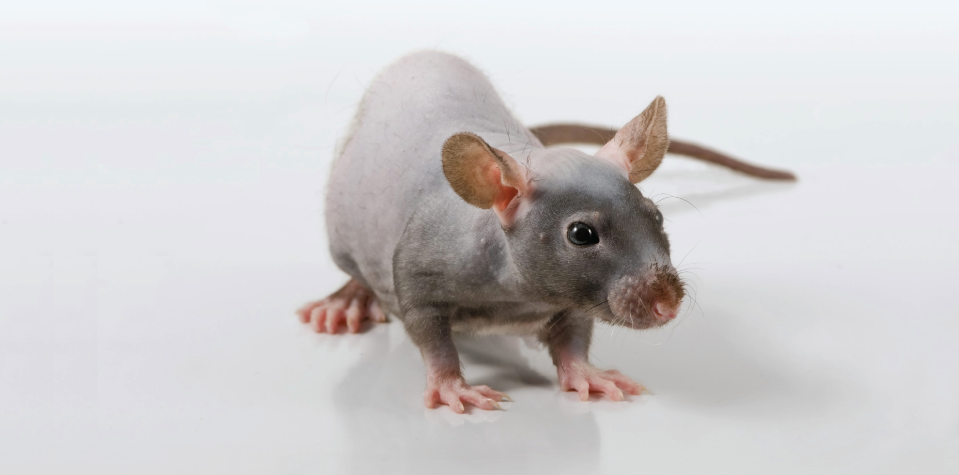
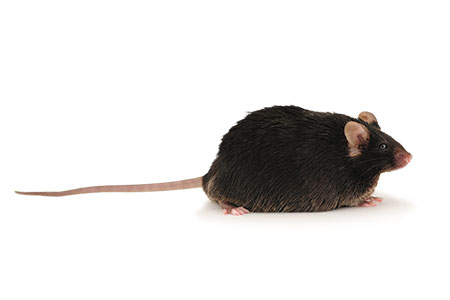
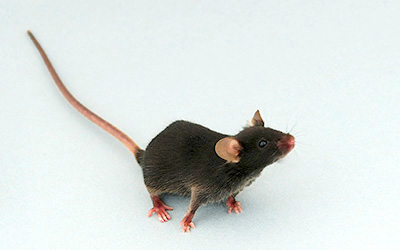
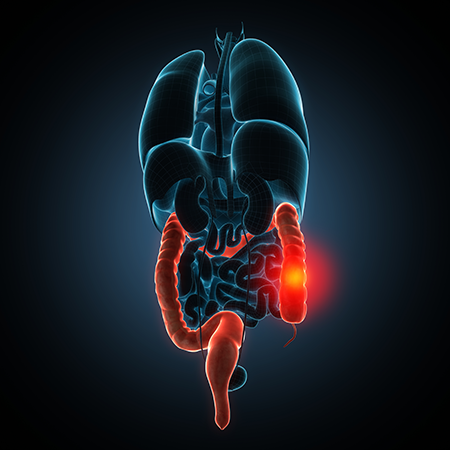




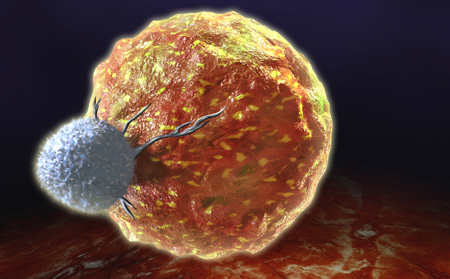

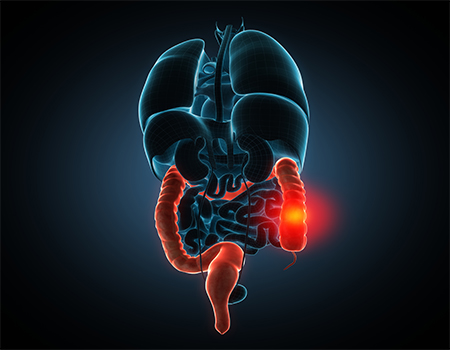
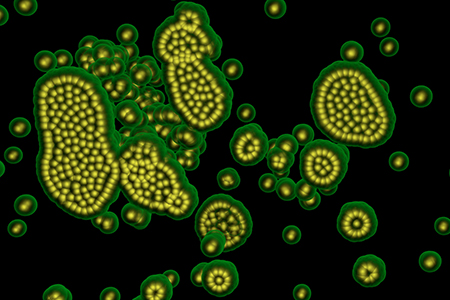

.jpg)

.jpg)
.jpg)
.jpg)
.jpg)





.jpg)


.jpg)
.jpg)

.jpg)


.jpg)





.jpg)

.jpg)




